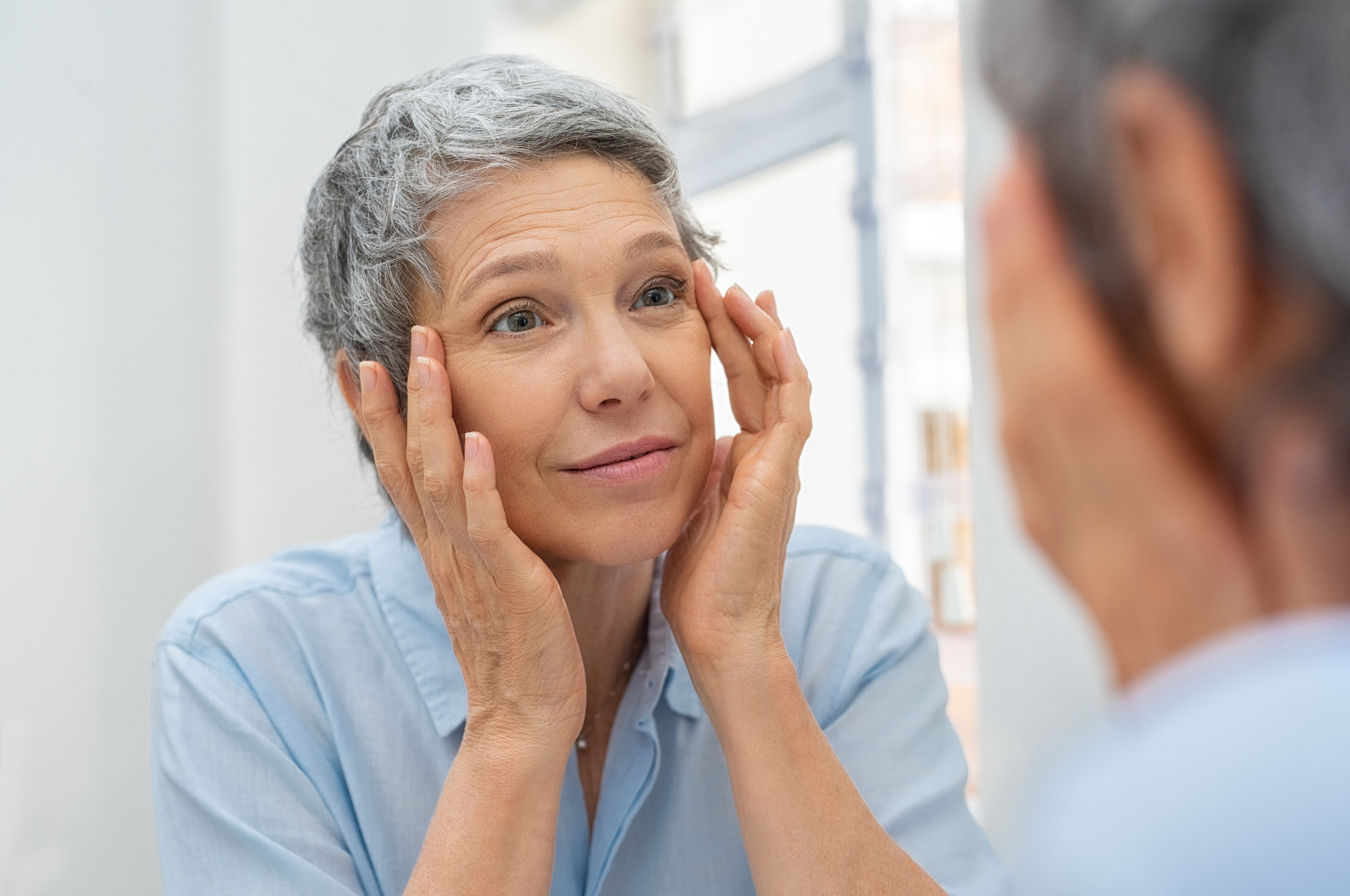

What if you could hold a simple device to your eyes each morning, look into it for several minutes, and improve your vision for a week?
What if someone 70 years old could do this and see as well as they did when they were 40?
This is not science fiction, but the next possible step in preserving our vision as we get older.
Red light improves vision
Last year, researchers from University College London showed that a daily dose of long-wave red light could improve the vision of older adults.
Twenty-four subjects ages 28 to 72 were given a small LED flashlight to bring home with them. Researchers asked them to look into this light for three minutes a day over two weeks. The flashlight had a deep red light beam with a frequency of 670nm (nanometers per meter).
After two weeks, subjects over 40 years old saw improvements of as much as 20 percent in the function of the rods and cones in their eyes.
Rods are a part of the retina involved in peripheral vision and in helping our eyes adapt to dim light. Cones are a part of the retina that allows us to see color.
Just last month, some of the same scientists who conducted this study found that, instead of daily treatments, a once-a-week treatment with red light may be all it takes to improve your vision
But to understand their findings, you first need to understand the role of mitochondria in producing vision.
Mitochondria are “morning people”
Long-wave red light improves vision because it re-charges the mitochondria in our retinal cells.
Cells in the human retina start to age once we reach the age of 40 or so, and that aging is caused in part by the slowing down of the mitochondria power supplies. As the retina’s photoreceptors require more energy, they tend to age faster as well.
Photoreceptors in the retina are where mitochondria are collected most densely. Photoreceptors are the cells that receive light from objects and “translate” that light into vision, allowing us to see objects, people, faces.
Dr. Glen Jeffery of University College London led this study. He explains the importance of mitochondria:
“Using a simple LED device once a week recharges the energy system that has declined in the retina cells, rather like recharging a battery.
“These are highly conserved energy sources in cells — they are the cells’ batteries. The light increases the charge of the mitochondria and allows them to increase their energy output that has declined with age or disease.”
But it seems that mitochondria are like “morning people” – they function much better in the morning, and not so well at all later in the day.
In fact, when Prof. Jeffery and his team had subjects use the LED flashlight to expose their eyes to red light later in the day, between 12 and 1 pm, it resulted in no vision change at all.
” … morning exposure is absolutely key to achieving improvements in declining vision: as we have previously seen in flies, mitochondria have shifting work patterns and do not respond in the same way to light in the afternoon — this study confirms this.”
The future of red light therapy to save our vision
Professor Jeffery has been working with Planet Lighting UK, a small company in Wales, with the aim of producing 670nm infra-red eyewear at an affordable cost.
“The technology is simple and very safe,” Professor Jeffery said.
“Given its simplicity, I am confident an easy-to-use device can be made available at an affordable cost to the general public.
“In the near future, a once a week three-minute exposure to deep red light could be done while making coffee, or on the commute listening to a podcast, and such a simple addition could transform eye care and vision around the world.”
It looks like that has already begun to happen. A U.K.-based company, Red Light Man, is already producing such devices.
Until these devices are readily available, you can also support your mitochondria with supplements. Two nutrients that have been researched for their ability to protect and support mitochondria are CoQ10 and pyrroloquinoline quinone — or PQQ for short.
Previous studies have demonstrated that PQQ improved mitochondrial efficiency.
Sources:
Declining Eyesight Could Be Given a Boost by Short Morning Doses of Seeing Red Science Alert

